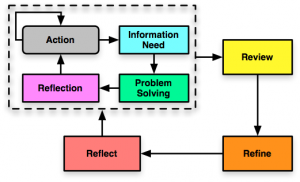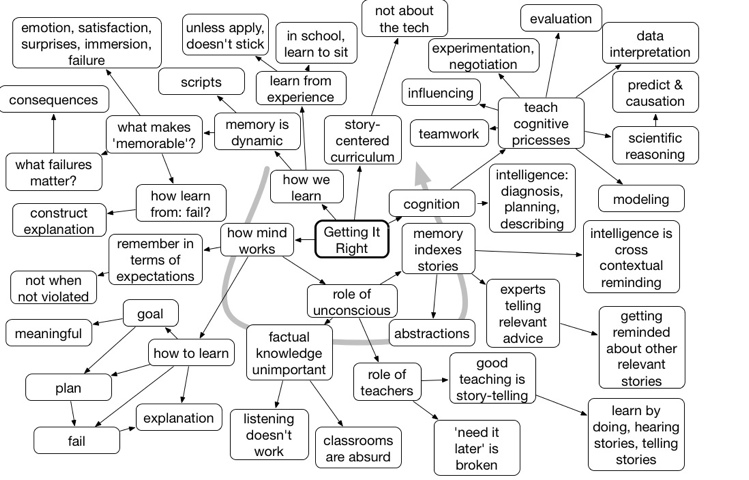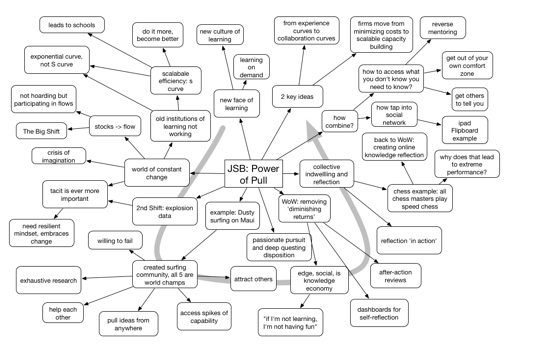The ubiquity of powerful mobile devices able to download applications that enable unique capabilities, has led David Pogue to coin them “app phones“. Similarly, the expression “there’s an app for that” has been part of widespread marketing campaign. However, it turns out that apps are more than just on phones. Facebook has apps, as I just heard about BranchOut as a job hosting extension of the popular social network (I’m preparing for my talk at the Australasian Talent Conference). Of course, there are other apps I don’t get involved in, such as all the quizzes, because I’m worried about the data they share, but there’s a meta-point here.
Increasingly, organizations and providers are creating APIs to their environments, which allow other organizations to add value in ways that expand their ecosystem. This is of benefit to both parties and the users of the environment, with appropriate caveats about how the information is used. From the user point of view, there are extensions to environments and tools you use that can give you unique capabilities. And, from the personal efficacy department, being able to find and use these extensions is a new skill. In the Personal Knowledge Management framework of my colleague Harold Jarche, it’s be a new component of improving personal productivity.
First, as an overarching component, you need to understand that platforms can, if properly developed, allow others to add new capabilities. Then, you need to be aware of the ways in which you’d like to augment your capabilities (accessorize your brain), know which platforms you’re on, choose the most plausible platform and channel (while there’s a Facebook app available for your app phone, it may not support the app you need, and it may need to be desktop or mobile web), be able to search for the app you need (which may require tapping into other PKM skills like leveraging your network), and be able to hook into it, use it, and keep it handy.
Personal efficacy seems to me to be a growing differentiator. Jay Cross cites how the exceptional Google engineer is estimated to be 200 times more valuable than the average engineer. While some of this will come from skills, I suspect that a lot, and a growing component, of success will come from continual improvement both organizationally and individually. Watts Humphrey makes a compelling case for the benefits of self-improvement process in software engineering, and it’s clear the process generalizes to other tasks. Jay and I have previously argued (PDF) that improving the ability to learn might be the best investment you could make, and this is a component of being effective: knowing when to augment your capabilities and how.
New capabilities are emerging rapidly. Understanding them conceptually and clarifying their unique capabilities gives you a handle on generating the skills you need to take advantage of them in a generalizable way. I reckon apps meet the criteria.



